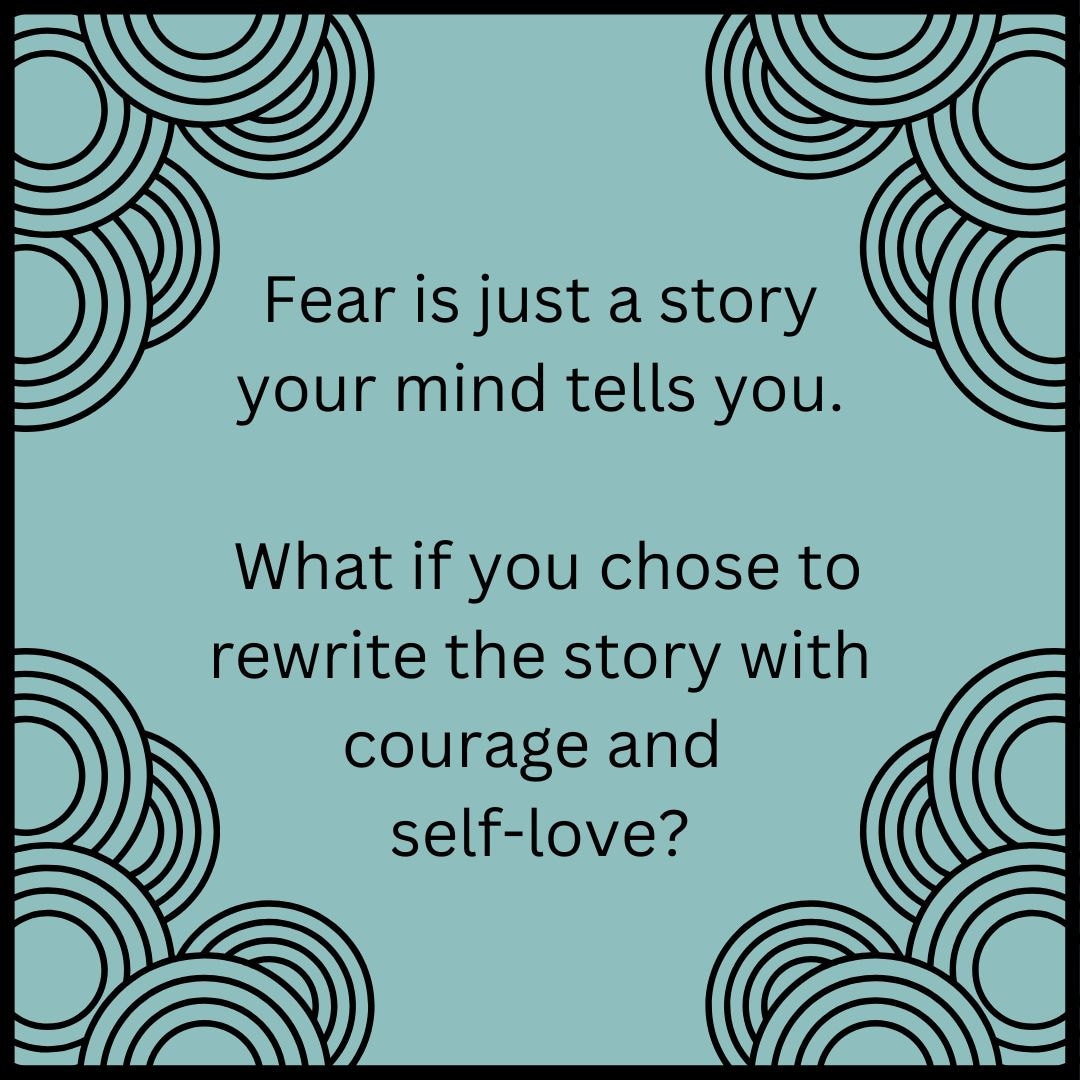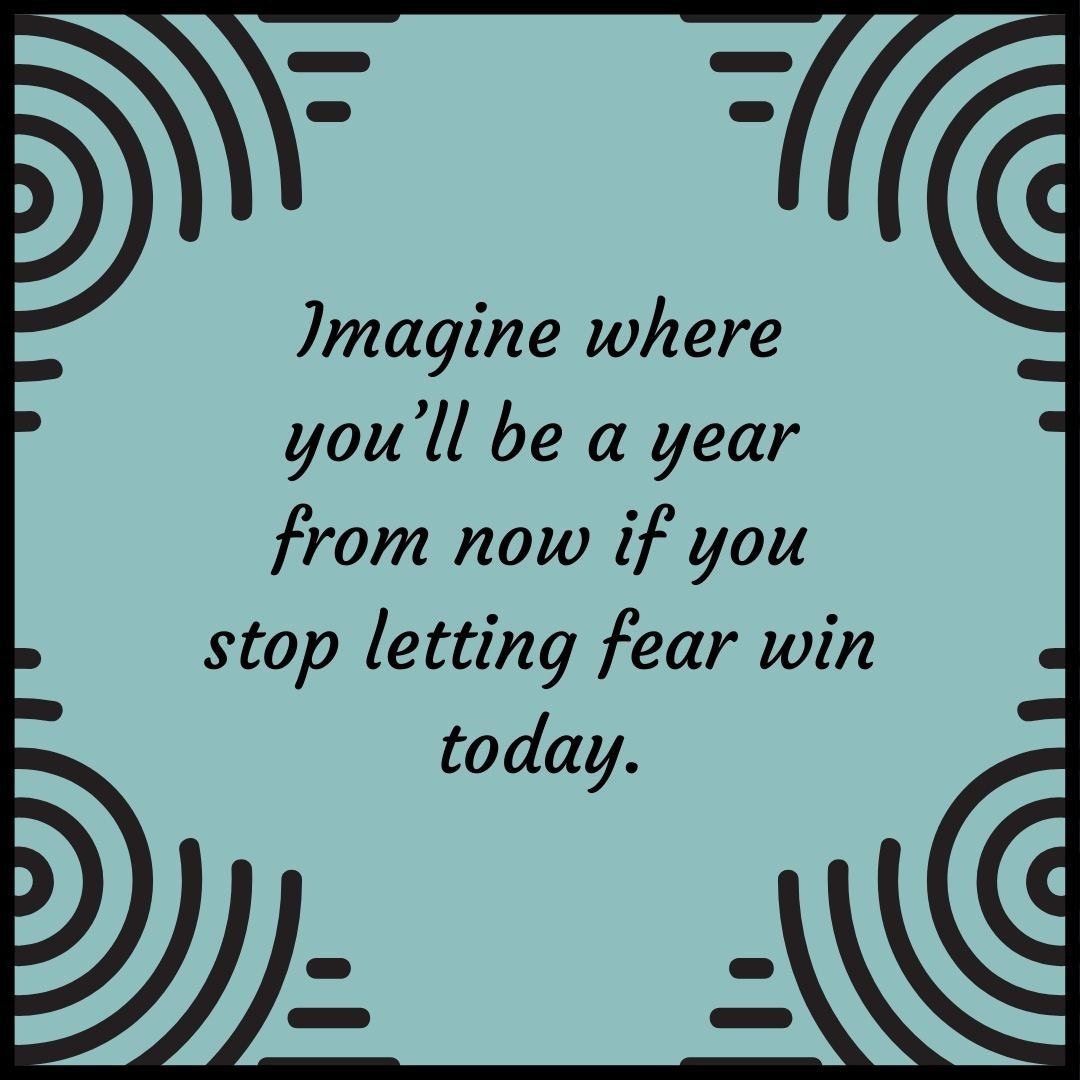
Overcoming Self-Doubt: The Neuroscience of Confidence
Have you ever felt like you weren’t good enough, even when deep down, you knew you had the skills and experience? If so, you’re not alone. Self-doubt is something every entrepreneur faces at some point. But here’s the good news—you don’t have to stay stuck in it.
Confidence isn’t something you either have or don’t have. It’s something you build. And modern neuroscience shows us exactly how we can train our brains to replace doubt with self-assurance. By understanding how self-doubt works in the brain and applying practical strategies, you can create lasting change and step into the confident, capable entrepreneur you’re meant to be.
Let’s break it down—compassionately, scientifically, and with real-world tools you can start using today.
Why Does Self-Doubt Feel So Strong?
Self-doubt isn’t just a bad habit—it’s actually wired into the brain. Evolution prioritized survival, which meant that our ancestors had to be hyper-aware of potential risks. This tendency to focus on what could go wrong still lingers today, showing up as overthinking, fear of failure, and imposter syndrome.
The Fear Center: The Amygdala
The amygdala is the part of your brain that processes fear. When you doubt yourself, your amygdala sends out signals that trigger stress responses—things like procrastination, avoidance, or playing small.
The Logic Center: The Prefrontal Cortex
This part of your brain is responsible for rational thought and decision-making. When confidence is low, it struggles to override the amygdala’s fear signals, making it harder to take action—even when you logically know you should.
Dopamine: The Confidence Booster
Every time you experience a small success, your brain releases dopamine, reinforcing that behavior. The more you celebrate your progress, the more your brain associates action with reward, creating a cycle of increasing confidence.
The key takeaway? Confidence isn’t a personality trait—it’s a pattern of brain activity. And the best part? You can rewire it.

How to Rewire Your Brain for Confidence
The brain’s ability to rewire itself—neuroplasticity—means you can train yourself to be more confident. Here’s how:
1. Reframe Negative Thoughts
When self-doubt creeps in, your brain automatically generates thoughts like “I’m not good enough” or “I’m going to fail.” But you don’t have to believe everything you think.
🧠 Try this:
- Catch the negative thought.
- Replace it with a neutral or positive reframe. Example: Change “I’m not good enough” to “I am learning and improving every day.”
- Say it out loud—this strengthens the new neural pathway.
2. Visualize Success
Your brain doesn’t know the difference between real and vividly imagined experiences. Studies show that visualizing yourself succeeding activates the same neural circuits as actually doing it.
🧠 Try this:
- Before an important event (a pitch, a launch, a meeting), close your eyes and see yourself succeeding in as much detail as possible.
- Imagine the sounds, the emotions, and the outcome. Your brain will begin to associate confidence with action.
3. Use Your Body to Change Your Mind
Research shows that body language affects confidence levels. Standing tall, taking up space, and using open, expansive gestures trigger physiological changes that boost self-assurance.
🧠 Try this:
- Before a nerve-wracking situation, stand in a power pose for two minutes—feet shoulder-width apart, hands on hips, shoulders back.
- This simple shift reduces stress hormones and boosts confidence-boosting hormones.
4. Build a Confidence Ritual
Repetition strengthens neural pathways, making confidence a habit rather than a temporary feeling.
🧠 Try this:
Start your workday with a confidence-boosting ritual:
- Listen to an empowering song.
- Write down one thing you’re proud of.
- Say an affirmation that resonates with you.
- Over time, these small habits create a lasting sense of self-assurance.
5. Stack Small Wins
Success builds on itself. Completing small, manageable tasks triggers dopamine release, reinforcing a sense of achievement.
🧠 Try this:
- Break big goals into micro-goals. Instead of focusing on “launching a business,” start with “choosing a business name” or “creating a simple website.”
- Each completed task strengthens your confidence muscles.

Coaching Tools to Strengthen Your Confidence
The “Fear to Evidence” Exercise
- Write down a fear-based thought (e.g., “No one will buy my product”).
- List factual evidence that contradicts it (e.g., “I’ve already had a few sales” or “People have told me they love my idea”).
- Repeat daily to train your brain to seek truth over fear.
The “Future Self” Letter
- Write a letter from your future, successful self to your present self.
- Describe how you overcame challenges, learned valuable lessons, and built confidence.
- When doubt arises, read this letter as a reminder of where you’re headed.
The “Confidence Anchor” Technique
- Recall a moment when you felt powerful and unstoppable.
- Close your eyes, relive that feeling, and assign it to a physical cue (like clenching your fist or tapping your heart).
- Use this anchor whenever you need a confidence boost.

Confidence Is a Practice
Confidence isn’t about never feeling doubt. It’s about choosing to take action anyway. It’s about retraining your brain to work with you instead of against you.
Every time you challenge self-doubt—every small step, every power pose, every reframe—you’re reinforcing new, stronger neural connections. Over time, confidence will become second nature.
So the next time self-doubt whispers, remember this: Your brain is capable of change. Your potential is limitless. And you have everything within you to build the confidence you need to succeed.
What’s one small confidence-boosting habit you can start today? Share in the comments!
I hope this post supports you to take at least one step towards living your dreams with confidence today! I believe in you! You've got this!
💕Vichelle
🦄If you want support tonwards build confidence in your life. Book a free 50 Minute Coaching Session. https://paperbell.me/vichelle-mixon-1
Additional Resources:
Books:
- Duhigg, Charles. The Power of Habit: Why We Do What We Do in Life and Business. Random House, 2012.
- Brown, Brené. Dare to Lead: Brave Work. Tough Conversations. Whole Hearts. Random House, 2018.
- Murphy, Joseph. The Power of Your Subconscious Mind. Prentice Hall, 2011.
Videos:
Amy Cuddy: Your Body Language Shapes Who You Are – TED Talk
Mel Robbins: The 5-Second Rule
Articles & Studies:
- Beck, Aaron T., and Emma Haigh. “Advances in Cognitive Theory and Therapy: The Generic Cognitive Model.” Annual Review of Clinical Psychology, vol. 10, 2014, pp. 1–24. https://doi.org/10.1146/annurev-clinpsy-032813-153734
- Schultz, Wolfram. “Dopamine Reward Prediction Error Coding.” Dialogues in Clinical Neuroscience, vol. 18, no. 1, 2016, pp. 23–32. https://www.ncbi.nlm.nih.gov/pmc/articles/PMC48267
Works Cited
Beck, Aaron T., and Emma Haigh. “Advances in Cognitive Theory and Therapy: The Generic Cognitive Model.” Annual Review of Clinical Psychology, vol. 10, 2014, pp. 1–24. https://doi.org/10.1146/annurev-clinpsy-032813-153734.
Brown, Brené. Dare to Lead: Brave Work. Tough Conversations. Whole Hearts. Random House, 2018.
Carney, Dana R., Amy J.C. Cuddy, and Andy J. Yap. “Power Posing: Brief Nonverbal Displays Affect Neuroendocrine Levels and Risk Tolerance.” Psychological Science, vol. 21, no. 10, 2010, pp. 1363–1368. https://doi.org/10.1177/0956797610383437.
Duhigg, Charles. The Power of Habit: Why We Do What We Do in Life and Business. Random House, 2012. Guillot, Aymeric, et al. “Neural Correlates of Motor Imagery.” Neuroscience and Biobehavioral Reviews, vol. 36, no. 4, 2012, pp. 1101–1112. https://doi.org/10.1016/j.neubiorev.2011.11.001.
Murphy, Joseph. The Power of Your Subconscious Mind. Prentice Hall, 2011. Robbins, Mel. The 5 Second Rule: Transform Your Life, Work, and Confidence with Everyday Courage. Savio Republic, 2017.
Schultz, Wolfram. “Dopamine Reward Prediction Error Coding.” Dialogues in Clinical Neuroscience, vol. 18, no. 1, 2016, pp. 23–32. https://www.ncbi.nlm.nih.gov/pmc/articles/PMC4826767/.
TED. “Amy Cuddy: Your Body Language Shapes Who You Are.” TED Talks, 2012.https://www.ted.com/talks/amy_cuddy_your_body_language_shapes_who_you_are.
